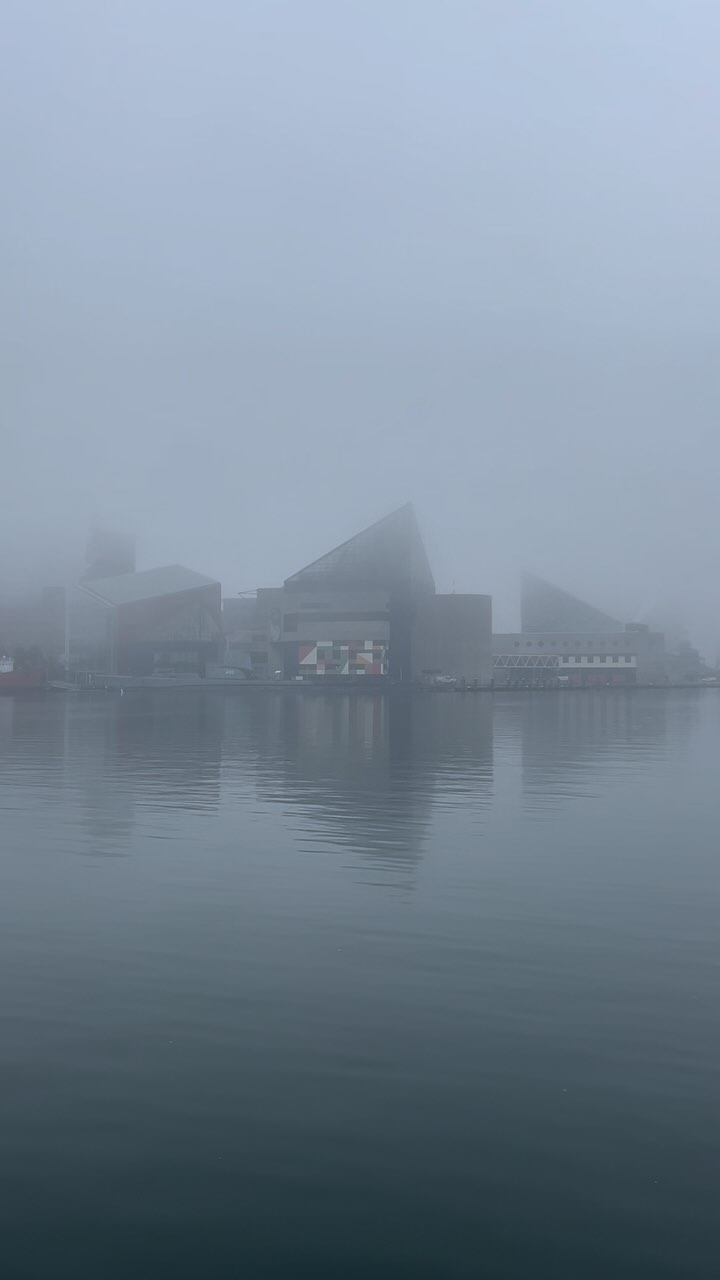- Coastal fog is a prevalent phenomenon with unique environmental and ecological impacts.
- Understanding the science behind fog formation and its climatological significance.
- Examining the effects of fog on coastal wildlife and ecosystems.
- Analyzing the implications of fog on human activities, including travel and maritime operations.
- Discussing conservation and management strategies for habitats influenced by fog.
Coastal fog, a common sight in regions adjacent to large bodies of water, is an atmospheric condition rich with scientific intrigue and environmental significance. This dense mist forms when moist air passes over cooler waters, causing the air to condense into tiny water droplets suspended in the atmosphere. Coastal fog plays an essential role not only in shaping the microclimates of shorelines but also in influencing the ecosystems and biological processes that thrive in these unique environments.
The intricate process of fog formation is influenced by several meteorological factors. When warm, humid air is driven by prevailing winds over colder ocean currents, the air cools and reaches its dew point—the temperature at which air becomes saturated with moisture and water vapor condenses into droplets. This process is frequent in areas like the California coast and parts of Northern Europe, where the interplay between land and sea temperatures is conducive to frequent fog occurrences. This fog not only evaporates quickly but also disperses sunlight and influences temperature gradients along the coast, creating a dynamic weather system that impacts the local climate.
Biologically, coastal fog provides a critical moisture source for various plant and animal species that have adapted to thrive in these conditions. The moisture from the fog drips down into the soil, sustaining unique plant communities, particularly in arid coastal regions where rainfall is sparse. Redwood forests in California, for instance, depend heavily on fog to fulfill their water requirements. These towering trees capture fog moisture through their leaves, allowing them to flourish in an area that would otherwise be too dry. Similarly, the humid environment generated by fog supports specialized fauna, including some amphibians and invertebrates that rely on moist habitats to survive.
In addition to its ecological roles, coastal fog presents both challenges and opportunities for human activities. Fog significantly reduces visibility, impacting transportation on both roads and sea. Maritime operations are particularly vulnerable to fog, which can obscure navigation routes and lead to delays or accidents. However, in an innovative turn, some communities harness fog for human benefit by employing fog nets—large mesh structures designed to capture water droplets from the fog. In areas with freshwater scarcity, these nets provide a sustainable solution for water collection, demonstrating the ecological and societal potential of integrating natural phenomena into resource management.
In managing the effects of coastal fog, conservation strategies focus on maintaining the delicate balance between natural habitats and human development. Coastal areas often face pressures from tourism, industrial activities, and urban expansion, which can alter the environmental conditions necessary for fog-dependent ecosystems. Conservation efforts therefore emphasize the protection of native species and the preservation of habitats that contribute to the fog cycle. Initiatives such as restoring native vegetation and limiting urban sprawl help sustain the environments that coastal fog influences, ultimately supporting biodiversity and ecological resilience.
By understanding and respecting the intricate interactions that fog facilitates within coastal ecosystems, conservationists and environmental planners can develop strategies that protect these regions’ natural and cultural heritage. Coastal fog is more than just an atmospheric phenomenon; it is a linchpin in the web of life for many coastal environments. As climate change and human activities continue to alter coastal landscapes, the need for informed management and conservation of fog-influenced habitats will undoubtedly grow more critical, underscoring the importance of integrating scientific knowledge into sustainable practices.
*****
Source Description
This type of fog is common in coastal areas!


